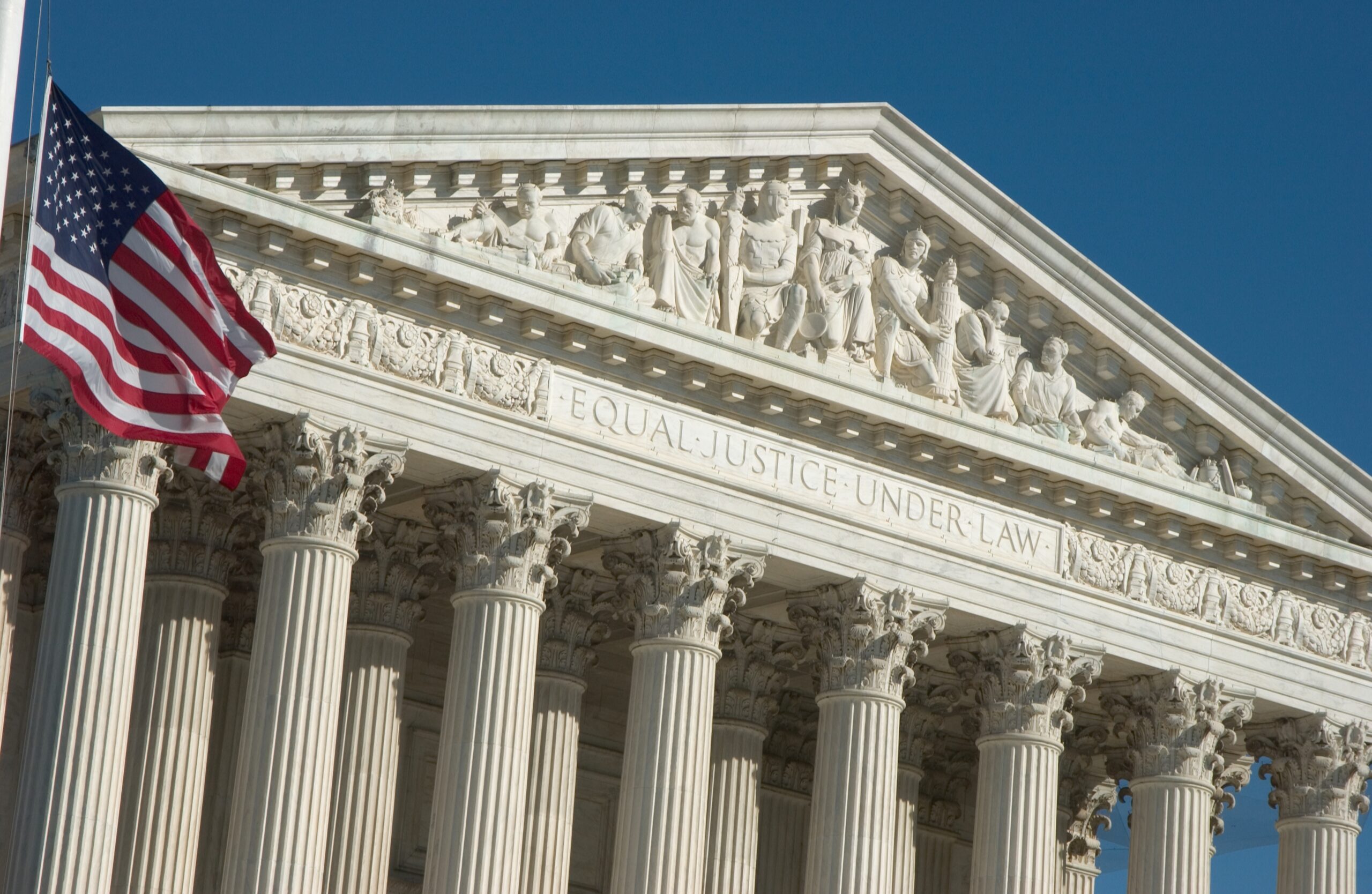Supreme Court May Pave the Way for More “Reverse” Discrimination Claims Under Title VII
By Hannah R. Brefeld
With the Supreme Court’s oral argument docket coming to an end, many are curious what the outcome will be for the “reverse racism” case heard this term: Ames v. Ohio Department of Youth Services,[1] where the plaintiff claims her employer discriminated against her because she was straight. The Supreme Court may hold that “majority group plaintiffs,” such as heterosexual or Caucasian plaintiffs, are not required to meet a heightened evidentiary standard to prove suits for discrimination, potentially unifying the standard for all plaintiffs bringing discrimination claims under Title VII of the Civil Rights Act of 1964 (“Title VII”). The timing of the Supreme Court’s decision may be particularly impactful considering the recent attention the Trump administration has placed on employer’s DEI initiatives in the workplace.
Ms. Ames’ Claims in the Sixth Circuit
Marlean Ames alleges she was discriminated against by her employer of almost 15 years because she was straight. Ms. Ames worked at the Ohio Department of Youth Services’ (“DYS”) juvenile corrections systems as its Administrator of the Prison Rape Elimination Act (“PREA”). In 2017, the DYS appointed a gay man as Ms. Ames’ supervisor. After, Ms. Ames applied for a promotion to the Bureau Chief that she ultimately did not receive. Following her denied promotion, the DYS demoted Ms. Ames with a significant pay cut because of continued mediocre performance. Shortly after, the DYS hired a gay woman for the Bureau Chief and a gay man for her previous role as PREA Administrator.
In response, Ms. Ames sued the DYS for discrimination based on sexual orientation and sex under Title VII. Ms. Ames claimed she was discriminated against because of the DYS’s refusal to promote her to Bureau Chief, her subsequent demotion and pay cut, and the DYS’s decision to promote two gay individuals in roles she either wanted or had once possessed. Ms. Ames claims these actions were taken to favor LGBTQ+ candidates and, since she was not part of that minority group, she was adversely treated because she was straight. The Sixth Circuit jurisprudence requires majority based plaintiffs (i.e. straight or white individuals) to show “background circumstances.” This test requires majority plaintiffs to show additional evidence that the employer discriminates against majority group members as well as a plaintiff’s usual prima facie showing of discrimination. A majority plaintiff may meet this heightened standard by producing evidence that a member of the minority group made the allegedly discriminatory decision or with evidence demonstrating a pattern of discriminating against members of the majority group. Ms. Ames lacked evidence on both grounds and failed to meet her prima facie case in the Southern District of Ohio and the Sixth Circuit.
The background circumstances test is not universally applied across all circuits, and some criticize that the standard unfairly burdens majority plaintiffs, compared to marginalized groups or minorities, which Congress intended Title VII to protect, making it harder for majority plaintiffs to bring claims for discrimination under Title VII with the heightened standard. The circuit split throughout the country made this issue ripe for Supreme Court review after Ms. Ames appealed the Sixth Circuit decision to dismiss her case.
The Supreme Court Justices’ Intent to Overturn the Background Circumstances Test
The Supreme Court seemed sympathetic to Ms. Ames’ situation at oral arguments on February 26, 2025. Justice Neil Gorsuch hinted at the Court’s forthcoming decision when he stated that federal employment laws impose the same requirements on all plaintiffs and that the Justices were in “radical agreement” on the issue.[2] This decision would be aligned with this Court’s recent decisions in Bostock v. Clayton County[3] and Muldrow v. City of St. Louis[4] which relied on a textualist reading of Title VII. The text of Title VII does not mention a need for a heightened evidentiary standard test for majority plaintiffs nor is there a distinction between majority or minority plaintiffs. Following the oral arguments, legal scholars predicted Ms. Ames has a majority of the Court on her side.
Implications of the Supreme Court Striking the Distinction Between Majority and Minority Plaintiffs
If the Supreme Court invalidates the background circumstances standard, straight or white plaintiffs would not be required to provide additional proof of an employer’s unusual discriminatory tendencies toward majority groups within the workplace. The decision will require all courts to evaluate Title VII claims the same for all plaintiffs. Such a ruling would emphasize that Title VII’s purpose is to combat against all discrimination. This support from the Supreme Court may encourage an influx of majority plaintiff suits against employers that have historically implemented and promoted DEI programs. President Trump and his administration’s rhetoric surrounding DEI has led to confusion as to the validity of DEI programs which are routinely used as a way to make decisions based on merit, not on protected characteristics such as race or sex. Yet, the reality of DEI has not hindered the Trump administration’s unwavering commitment to dismantling the programs in both the private and public sectors. The political attacks on DEI coupled with the likely forthcoming Supreme Court ruling on Ames v. Ohio Dep’t of Youth Services creates the perfect storm for an influx in claims brought by white and straight individuals against their employers.
The Supreme Court’s opinion is expected in Summer 2025.
[1] Ames v. Ohio Dep’t of Youth Services, 87 F.4th 822 (6th Cir. 2023), cert. granted, 145 S.Ct. 118 (2024).
[2] Ames, Transcript of Oral Argument, No. 23-1039, at 58, available at https://www.supremecourt.gov/oral_arguments/argument_transcripts/2024/23-1039_1an2.pdf.
[3] 590 U.S. 644 (2020) (holding that Title VII protects employees against discrimination on the basis of sexual orientation or gender identity).
[4] 601 U.S. 346 (2024) (striking down the heightened standard to show the harm incurred in the job transfer was “significant” in a Title VII discrimination claim).

This article is intended as a general discussion of these issues only and is not to be considered legal advice or relied upon. For more information, please contact RPJ Associate Hannah Brefeld who counsels clients in areas of litigation and employment law, dispute resolution (including ADR), employment and transactional documentation, agency investigations, and entertainment and media. Ms. Brefeld is admitted to practice law in New York and Michigan.

